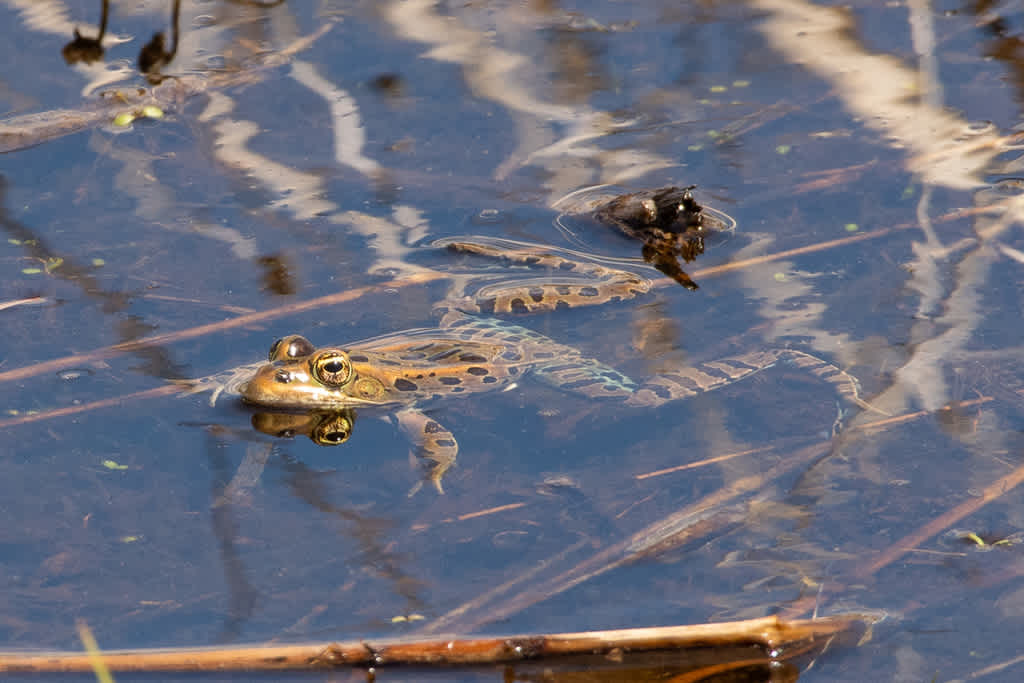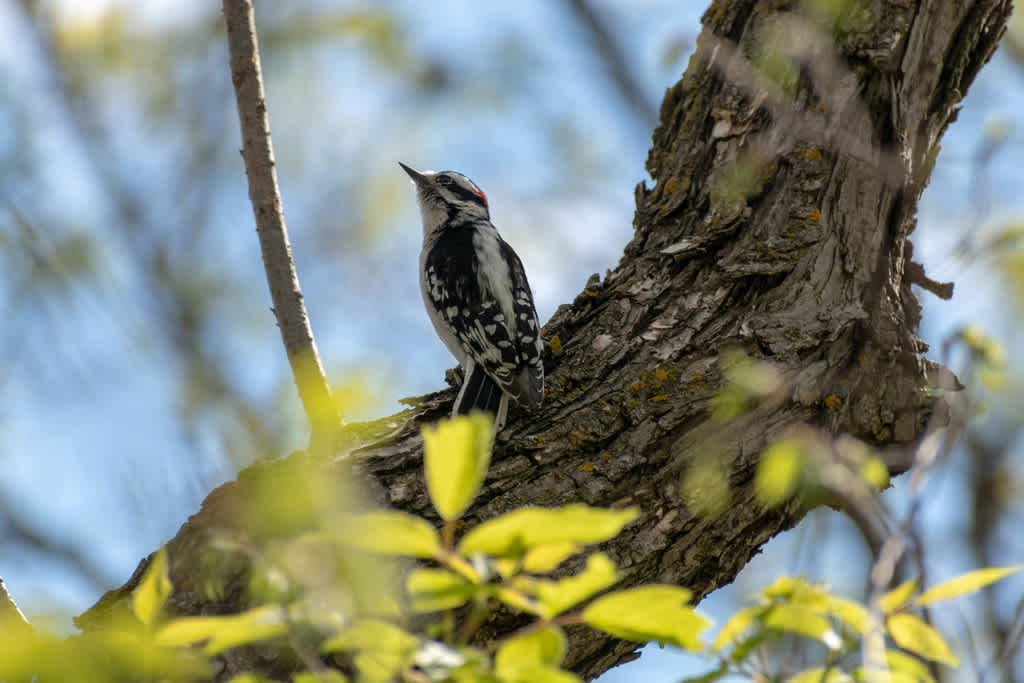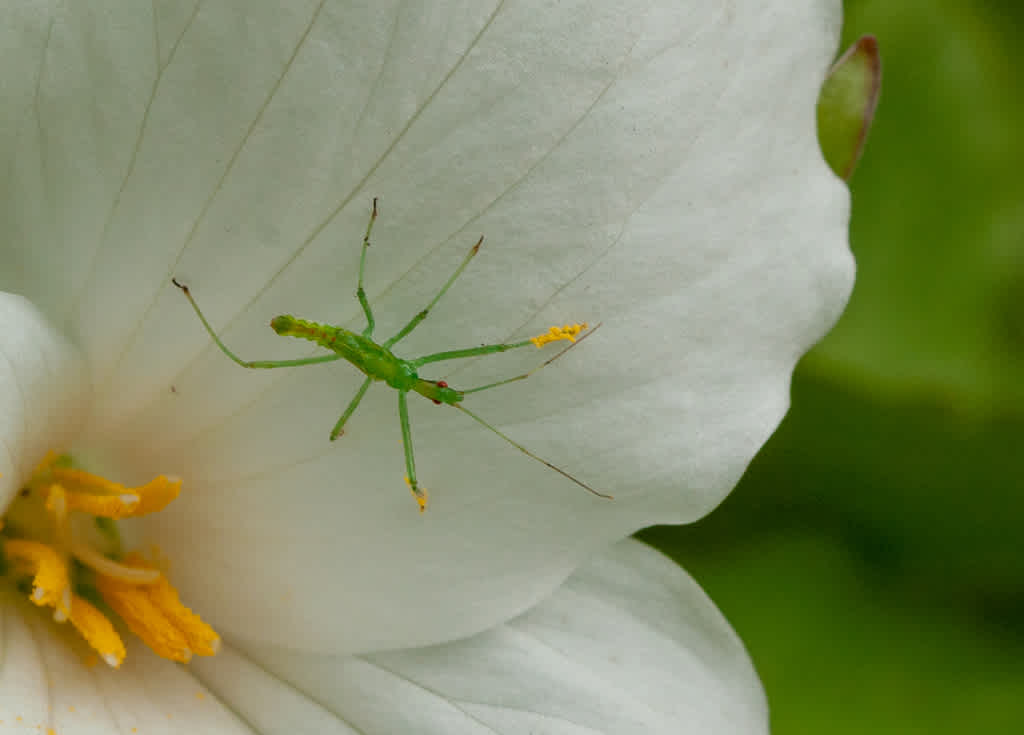
Get inspired: Become a community science superhero
Nature is always there, right outside your door. Filled to the brim with creatures, plants, and fungi of all shapes and sizes, it’s a bountiful place to explore, examine, and understand.
Science is the systematic study of the natural world using observation and experimentation over time.
Community science is what happens when everyone gets involved in the research—it’s conducted by everyday people who partner with scientists to gather data or even help shape the studies. We’re big fans of science, and we think that everyone can and should be involved.
Right now is the perfect time to participate in community science.
Many of us are finding solace outdoors during social distancing, and observing the natural world is the perfect opportunity to expand our knowledge, get active, and have fun.
How does community science work?
Community science is for all ages and typically involves taking photos, recording videos, or taking standardized measurements to gather data for a project.
Quality is key for data, and that doesn’t change when non-scientists are gathering it! Anyone of any age can participate, but like any activity, having a parent or guardian present is recommended for younger children.

Northern leopard frog by jscushman on iNaturalist
The biggest benefit of community science is that the more people get involved, the more data is collected. Community science is just the beginning—getting involved can lead you to ask many more questions about the natural world and spark even further exploration beyond your backyard or local park.
There are tons of community science projects out there, from surveying bumble bees in your local park to collecting water samples from a stream or river.
Meet (community) Science Superheroes
Some significant discoveries have happened because everyday people helped gather information.
One of the best examples is the story of Andrew Grey, an amateur astronomer, who tag-teamed with professional scientists and helped discover a new star with four orbiting planets outside of our solar system.
Andrew’s discovery of this new exoplanet system goes to show that great breakthroughs can happen when amateur scientists and professionals expand what we know about the universe, together.
Another feat is the continued curation and data collection of iNaturalist, an app and community of over one million scientists, naturalists, and hobbyists. iNaturalist is an accessible, easy-to-use network that helps connect people to nature and inspire curiosity for the outdoors by encouraging users to share their photos and help identify animals, plants, and fungi around the world.

Downy woodpecker by vekrueger on iNaturalist
While we have Science Superheroes who work in our labs and collections as professional scientists, we also have Community Science Superheroes. They work on science projects as a hobby or in their spare time.
One of our most notable Community Science Superheroes is Amber Burnette, executive assistant to the VP of museum experiences.

Amber is an avid birder and wildlife educator. You might have read her how-to on telling common Minnesotan woodpeckers apart, but what you might not know is that she is a permitted bird-bander, which means she can help identify and band birds in Minnesota.
Amber feels that birding brings a lot of excitement to her life, saying “I feel like birds are teaching me something every single day. I love how taking part in observations of our shared world with birds gives me a sense of the annual cycle."
Do you want to feel like Amber does when she makes a new discovery? Read on for tips on getting involved.
How you can get involved with community science
Community science is for everyone, no matter how much or how little you know about the subject you’d like to study.
To find projects and activities, we recommend searching SciStarter’s community science project database. Whether you’re into rocks, birds, bugs, water, or something in-between, there are thousands of projects to pick from.

Pale green assassin bug by turtlebella on iNaturalist
If you’re looking for Minnesota-specific community science activities, the University of Minnesota Extension has a list of local projects, with most of them focusing on animals and plants.
For broader forums to communicate and share information with other community scientists, we suggest the following free apps and websites:
Remember, if you collect an item outdoors, you can always bring it to the Collectors' Corner here at the Science Museum for points. The more you know, the more points you get!
No shortage of inspiration
Community science is great for so many reasons: It encourages exploration and new ways of thinking and establishes a better understanding of humanity’s part in nature. And for the younger community scientists out there, it can spark a lifetime of science learning.
As Amber says, “It is a way to engage and learn, but also give back.”
Protecting our environments to make sure they’re here for future generations is a kind of community science, too. Learn more about the actions you can take that make a meaningful difference.
Have you participated in a community science project? Tag us and use #ShareYourDiscovery to share your progress social media.